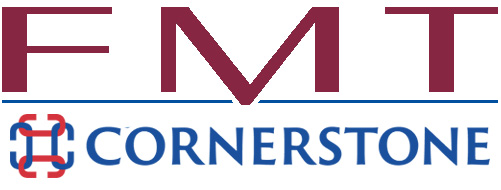The aim of competence management is to effectively harness the potential that every organisation has based on existing employee skills and abilities and, based on this, to develop the competences necessary for sustainable competitiveness. This means actively controlling and steering one’s own portfolio of competences.
Competence management combines two fundamental approaches of organizational science, both of which find application here: the resource-based approach or core competence approach and the learning-oriented competence approach. Both approaches are relevant to the practice of competence management.
